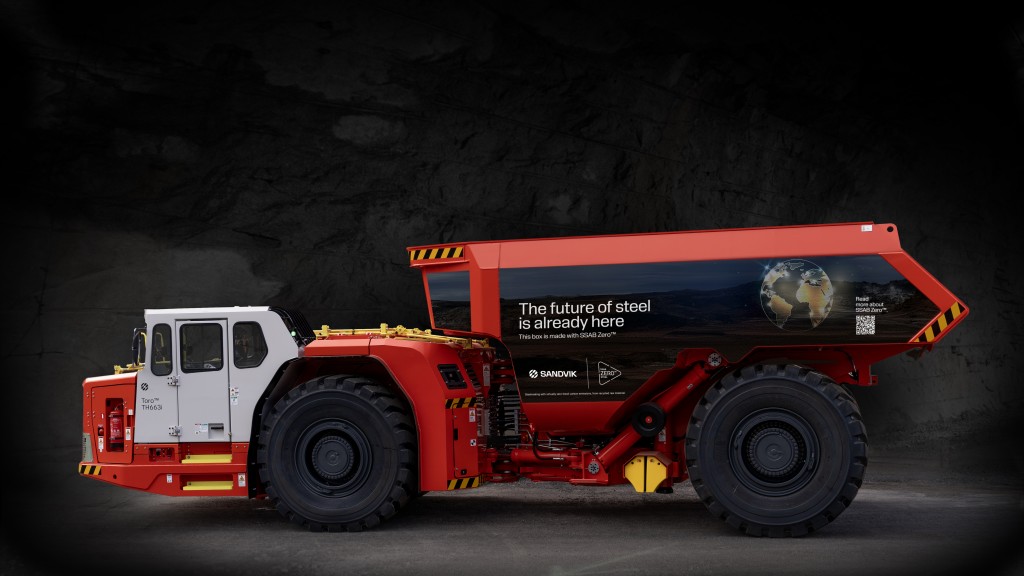SSAB celebrates 50 years of Hardox steel innovation
A Hardox timeline from the first bendable hard plate to emission-free steel

Looking back on 50 years of progress, SSAB says it is committed to continue the development of steel that meets the challenges of a modern world. On its 50th Anniversary, the company is introducing its first-ever emission-free steel in the Hardox range: Hardox 450 made from SSAB Zero.
Half a century of steelmaking innovation
The year 1974 saw a breakthrough in steelmaking when steelmaker SSAB introduced the world's first bendable wear plate. A unique combination of hardness and toughness helped to solve the issue of brittleness in conventional abrasion-resistant steels, which were nearly impossible to bend and could not withstand heavy impact in use.
Hardox 400 was the first user-friendly wear plate with mechanical properties that allowed it to be cut, bent, welded and machined without any hassles in the workshop. Then came Hardox 450, further positioning Hardox as the wear-resistant steel of choice for demanding customers across the world.
After this very useful innovation came a wide variety of grades to meet almost any conceivable worksite challenge: Hardox 500 Tuf, Hardox HiAce, and Hardox HiTemp. When Hardox 500 Tuf was released, it was rapidly adopted as the new standard for wear plate. With its outstanding hardness and toughness, it delivers performance, even in freezing conditions, and can be used in nearly any application. The full product range also includes extra-tough Hardox HiTuf, and for wear parts and liners that need exceptional hardness, customers can choose from Hardox 500, Hardox 550, Hardox 600, and Hardox Extreme.
Pioneering the future of steel — SSAB Zero
This new version of Hardox wear plate retains all the qualities that made Hardox 450 the global benchmark for premium wear plate, but goes one step further. The ultimate sustainable choice, SSAB Zero is produced using recycled steel in a process powered by fossil-free electricity and biogas — resulting in virtually no carbon emissions during the steelmaking process. This steel can reduce the environmental load from steel production even more. With this innovative wear plate, contractors can advance their sustainability goals.



